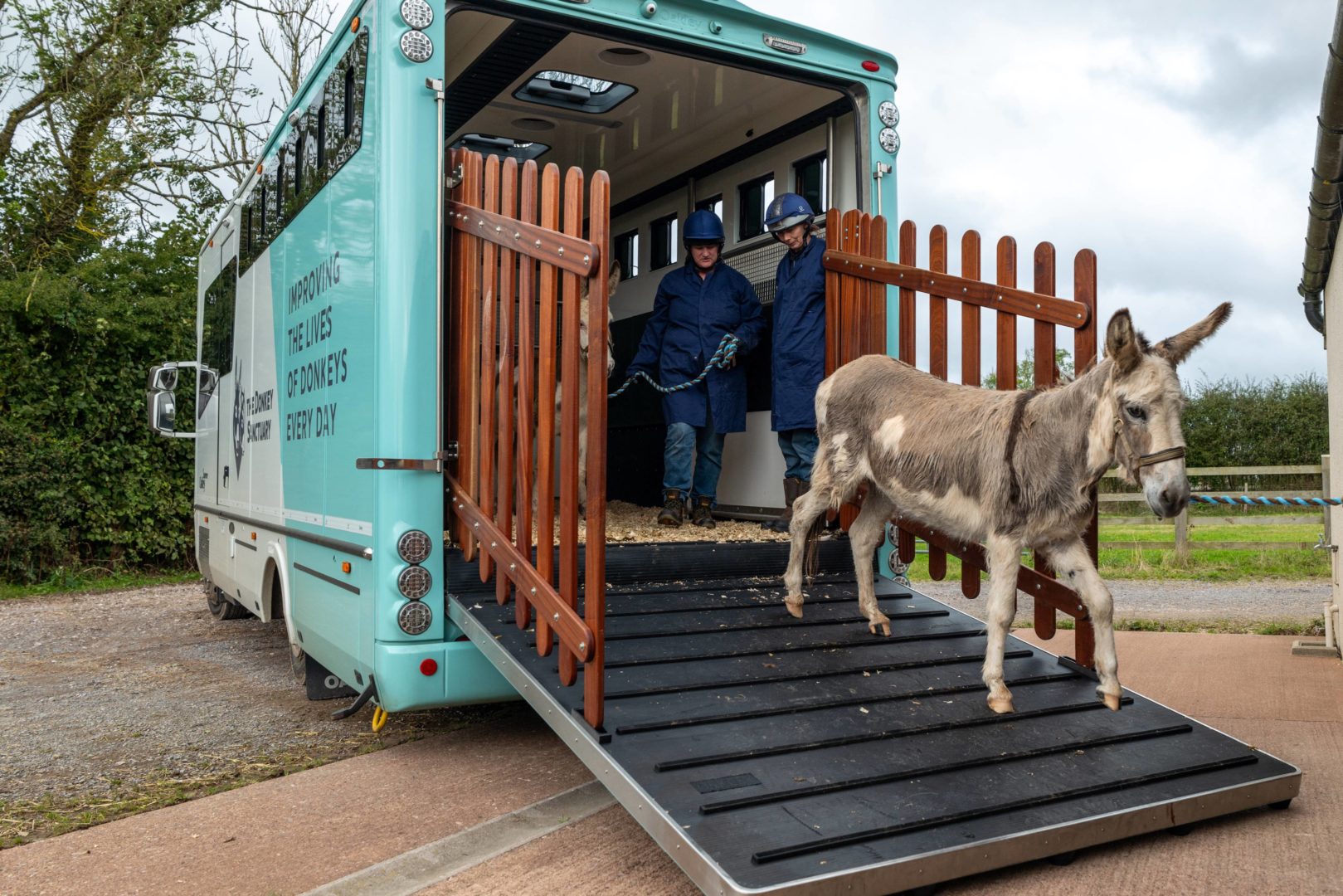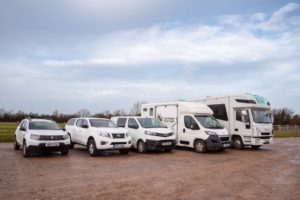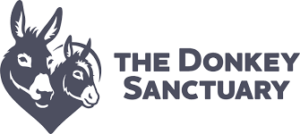
The Donkey Sanctuary
Case Study
Project Overview
The Donkey Sanctuary commissioned Cenex to produce a zero emission vehicle fleet and infrastructure strategy with a clear roadmap and action plan to transition to zero emission vehicles where they are operationally suitable. This also included a detailed depot power supply capacity analysis, a review of leasing as an alternative to outright purchase, and guidance on options for charging fleet vehicles at drivers’ homes.
Cenex assessed the suitability of battery electric and hydrogen fuel cell electric vehicles as potential replacements for all 96 vehicles on The Donkey Sanctuary fleet, considering technology availability and supplier maturity, real-world operating range, infrastructure requirements, total cost of ownership, and the emissions savings potential of each technology.
The Challenge
The Donkey Sanctuary is a registered charity and international animal welfare organisation that is at the forefront of transforming the lives of millions of donkeys across the world. Like other charities, it exists and operates solely to deliver its specific mission and vision, whilst ensuring the best value for money from donations and other sources of income.
The Donkey Sanctuary and other animal welfare organisations have specific operational challenges, including:
- Having a national fleet that is based at a range of sites and homes across the UK.
- Having vehicles specifically designed to transport animals and operate off road in rural and agricultural settings.
- Having staff and animals that potentially need to travel long distances between sites.
The Development
To develop the zero emission vehicle fleet and infrastructure strategy, Cenex worked closely with The Donkey Sanctuary to understand their vehicle requirements and completed the following steps to inform the strategy:
- Understanding the current fleet composition and emissions.
- Reviewing the availability and maturity of zero emission vehicle technologies.
- Assessing the suitability of battery electric and hydrogen fuel cell electric vehicles, given the specific operational requirements of The Donkey Sanctuary.
- Evaluating in detail if the existing electricity supply is capable of supporting the transition to electric vehicles.
- Modelling of the operational and financial benefits of the installation of Solar PV and battery storage.
- Determining the number and type of chargepoints required and the potential demand for renewable hydrogen by location.
- Reviewing the benefits of leasing as an alternative to outright purchase.
- Producing guidance on options for charging fleet vehicles at drivers’ homes.
- Summarising the capital costs, running costs, and emissions impacts of different fleet replacement scenarios.
- Developing a fleet transition roadmap and action plan.
The Result
The comprehensive approach undertaken by Cenex helped develop a Zero-Emission Vehicle and Infrastructure Fleet Strategy for The Donkey Sanctuary. This review found that 18% of vehicles in the fleet could already transition to battery electric vehicles while also providing savings for the fleet, thereby underpinning the value of such an approach. The proposed strategy ultimately delivers:
- Vehicle total cost of ownership savings of £53k
- Annual running cost savings of over £23k.
- At least 19% GHG emissions savings*.
- Air quality emissions savings of up to 11%.
For The Donkey Sanctuary to transition the remainder of their fleet to zero emission vehicle technologies, they should:
- Reassess the business case for transitioning to electric vehicles on a total cost of ownership basis as more affordable cars are released from 2025 onwards.
- Continually trial and assess the capabilities of new zero emission pickup trucks and other AWD vehicles as they are released to see what role they can already fulfil on the fleet.
- Develop a detailed infrastructure deployment plan and undertake site feasibility studies to make sure sites are enabled to deliver electric vehicle charging infrastructure when the vehicles become available.
- Review operations and vehicle requirements to see if they can be adapted to better accommodate the capabilities of zero emission vehicles, e.g. dedicated towing vehicles, using different types of vehicles.
The Donkey Sanctuary is now equipped with an outline strategy for the decarbonisation of their fleet and has all the information necessary to assess the more challenging vehicles, as viable alternatives become available.

